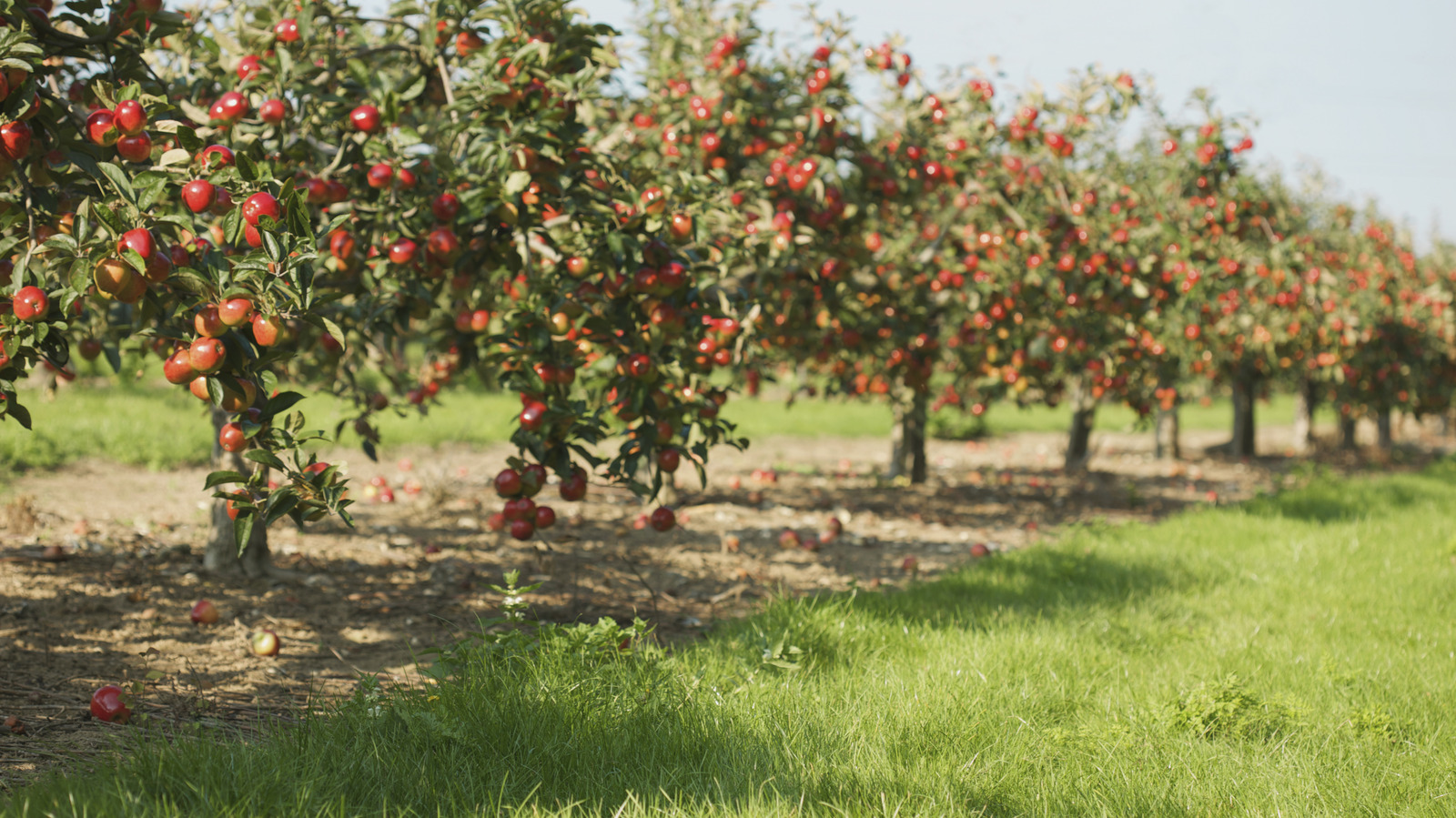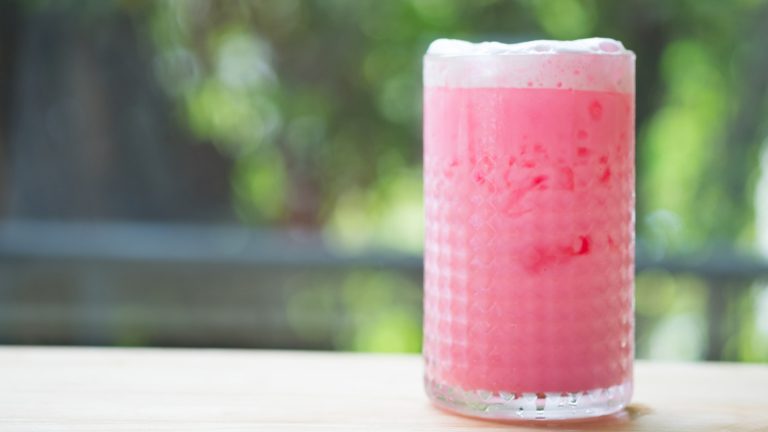Lots of folks love the idea of growing their own fruit. The allure of foraging from your own backyard instead of driving to the grocery store can be too good to pass up. But where do you even begin? And how do you know which fruit trees are best to start with? Whether you’re curious about gardening or want the freshest fruit for your recipes, apple, pear, and fig trees will all have your back.
Before you make any purchases, though, consider your climate. These fruits might be comparatively easy to grow, but do function better in certain areas. The U.S. Department of Agriculture has an interactive plant hardiness zone map that helps you determine which perennial plants will thrive in your specific location. However, that specific system only works within the United States. Countries outside of the U.S. do not use the plant hardiness scale, though some dedicated gardeners have developed maps that apply it worldwide.
Almost anyone can grow apple trees
There’s a reason apple orchards are so ubiquitous. Yes, they’re a well-beloved fruit, working great as a healthy snack and an indulgent dessert, but that’s not all they offer. They’re fairly easy to grow, too. They only need to be pruned annually, and thrive when planted near other apple trees. That’s because apples need pollen from other apple varieties to grow — many gardeners advise getting two trees instead of one. If you want your fruit to grow quickly, try dwarf trees. They start growing apples after a few years, about five years sooner than standard sizes.
You should also consider what you’ll do with the apples. This will help you figure out which varieties are most suited to your preferences. If you’re a baker, for example, you’ll want to plant firmer apple varieties, such as Honeycrisp, Granny Smith, and Pink Lady, among others. Softer varieties, like McIntosh or Cortland, work best for apple butter.
Pear trees are perfect for beginners
Apples might be more popular — in 2023, they were No. 3 in fruit production, while pears were a disappointing 12, according to Statista — but pears are just as easy to grow. Like apples, pear trees need two varieties present to bear fruit. The University of Minnesota recommends Golden Spice as a winter-hardy pear, along with Ure. For warm climates, consider Chojuro, Harrow Delight, and Honeysweet pear trees, but not Bartlett or Bosc. The latter two are susceptible to a pear disease called fire blight, and aren’t great for beginner home gardeners.
Pear recipes might not be as widespread in the United States as apple-based ones, but that doesn’t mean you can’t make plenty of yummy dishes. Poached pears make for an excellent light dessert, and pear slices are a nice, healthy snack. You could even recreate any dishes you’d make with apples, like cobblers, crumbles, and crisps (yes — there is a difference). Even if you realize a few years in that you’d rather not eat pears 24/7, that’s okay. Crushed pears can be great for tenderizing beef.
Fig trees flourish in warm, sunny climates
You might not have expected to see figs here, but it’s true. They’re pretty easy to grow, particularly if you live in a sunny location. While they may not thrive in cold, wet conditions — they require 8-10 hours of sunlight per day — they are resistant to droughts. They can also grow a lot, so you’ll need to prune more regularly than you would with an apple tree, especially during the winter months when they’re dormant. Aside from some extra TLC during the winter, that’s all you need to do. Most fig trees don’t need fertilizer or pollination; the figs you buy at the grocery store contain only female flowers.
But that’s enough gardening talk. When it comes to food, raw figs with baked brie are heaven. They’d be the star of any charcuterie board. You can also roast them, or turn them into a delicious jam to eat on a sandwich with goat cheese and honey.








